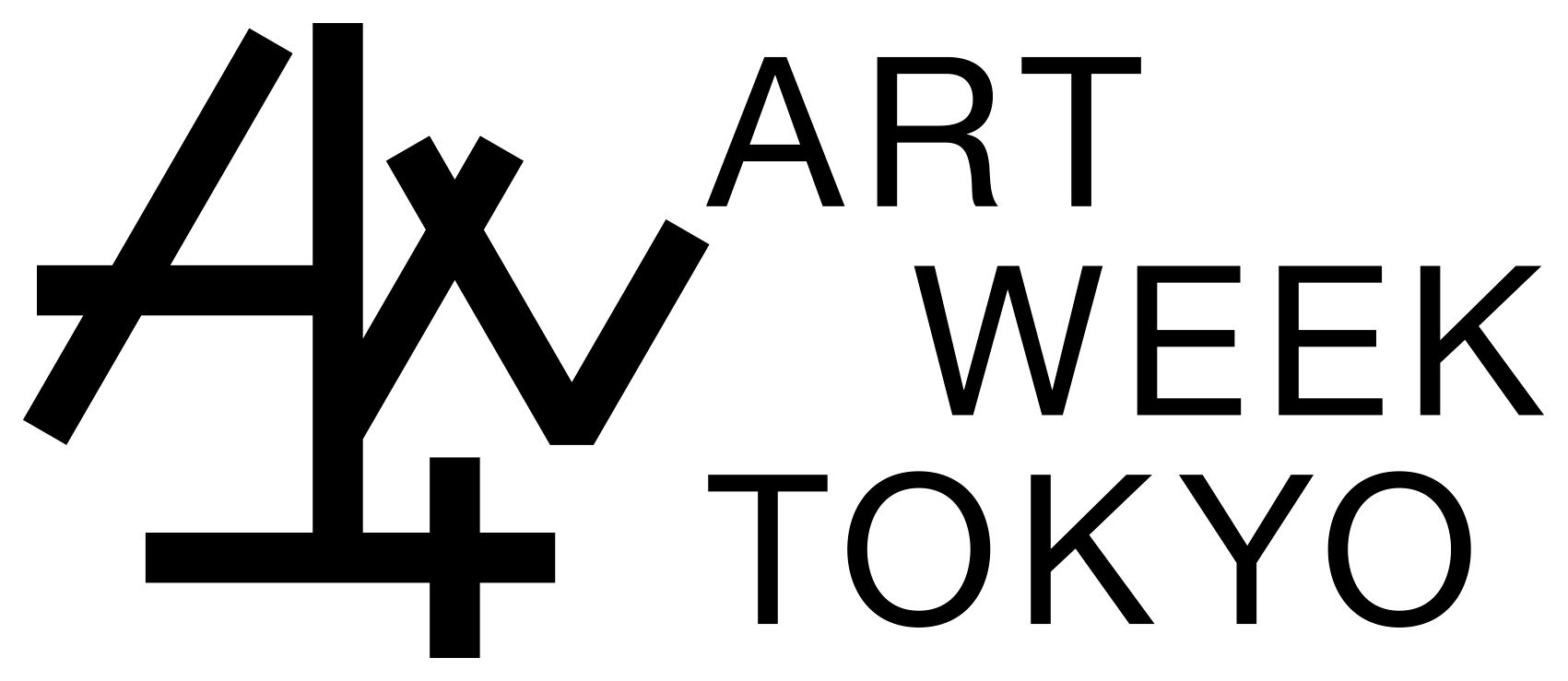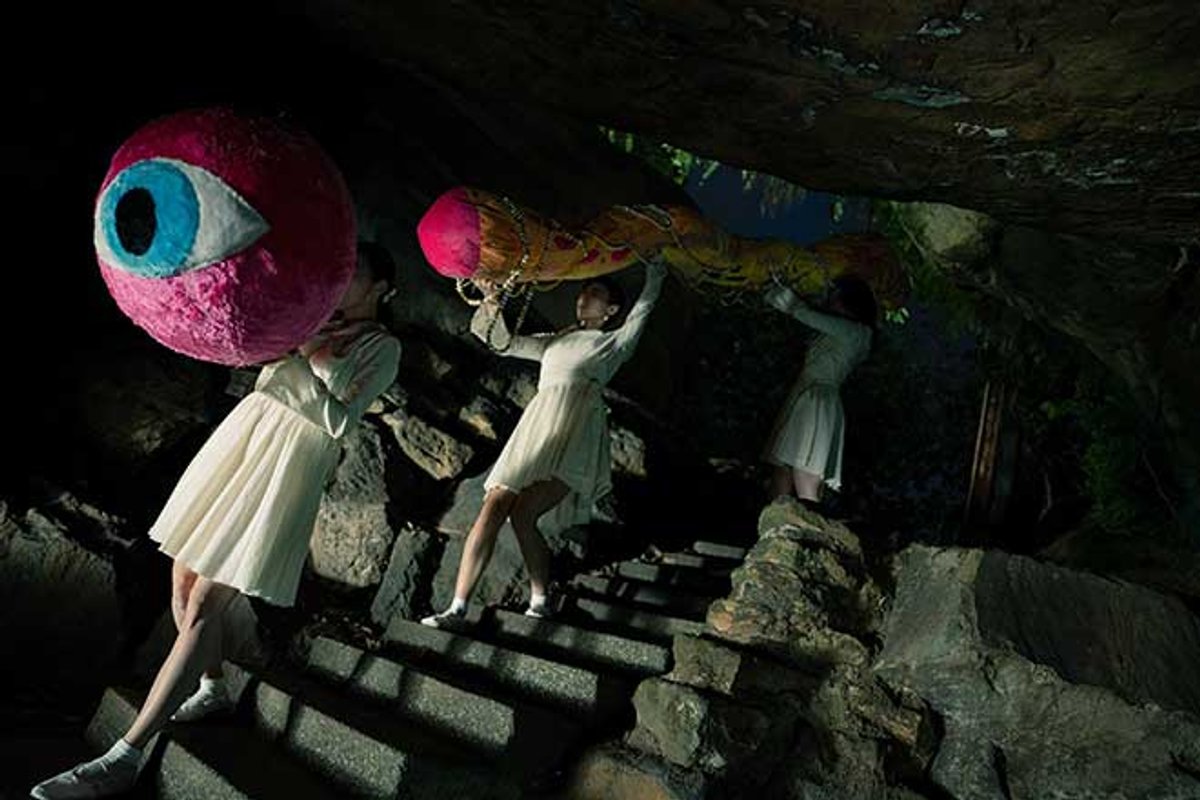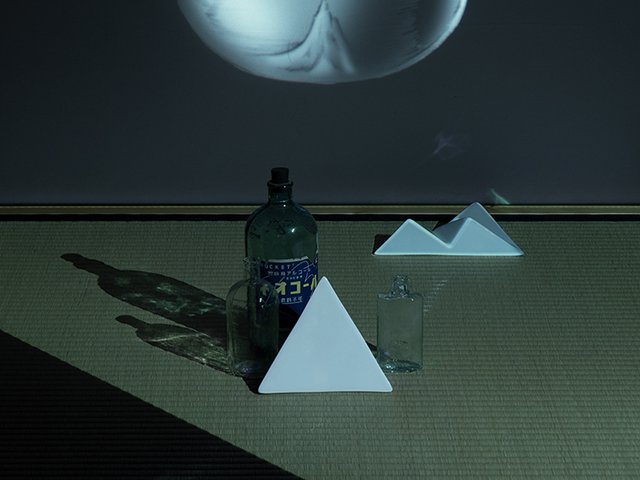When it came to selecting the video works for this year’s dedicated programme of screenings at Art Week Tokyo, the guest curator Sohrab Mohebbi looked for emerging themes and patterns. What he noticed was the recurrence of ideas concerning overlapping and disjointed temporalities. “I found there was a very poetic relationship, or a kind of continuity, around questions of temporal disruptions around technology, the climate crisis and different modes of being together,” explains Mohebbi, the director of SculptureCenter in New York.
The resulting AWT Video programme, called Between Contrail and Mountains, features 14 works by 13 international artists who often look to rituals of the past or the near future to situate themselves in the present. Sitting with the single-channel works, which will be screened on a loop in a special pavilion at Tokyo’s SMBC East Tower, viewers will witness artistic musings on everything from weather-induced catastrophes to ancient rituals to the new realities being shaped or foreboded by technology.
Saori Miyake’s new film Seascape (Suzu) 2 (2024) focuses on the titular coastal city on Japan’s Noto Peninsula before and after it was hit by a devastating earthquake and tsunami on New Year’s Day. In Ting-Tong Chang’s The Blue Wave Women (2022), Korean folk songs and shamanic tales meet modernity to reimagine the mythology of Jeju Island. In No Man Ever Steps in the Same River Twice (2020), Ai Iwane interweaves the fading stories of the Issei—the first generation of Japanese immigrants to the Americas—in Hawaii with the displacement and disaster caused by the 2011 earthquake, tsunami and nuclear accident in Fukushima, from where the Issei had migrated generations earlier. Meanwhile, artists like Tishan Hsu, with grass-screen-skin (2022), and Mika Ninagawa, with Sanctuary of Blossoms (2024), imagine worlds in which technology and nature become one.
Mohebbi’s theme purposefully presents a juxtaposition between two very different velocities: the high speed of a plane and its ephemeral vapour trails through the sky, and the ancient stability and symbolism of the mountain. In today’s rapidly evolving digital age, “it seems like overall there has been an accelerationist tendency to choose the contrail and the plane over the mountain,” Mohebbi says.
But the video series is not meant as a techno-pessimist critique. Rather, the featured artists evoke “different ways of relating to our life here on earth”, Mohebbi adds. It is this sense of constant fluidity that in fact ties the works together without flattening them into any singular message. “The big challenge in making a programme or finding a connecting thread is making sure it doesn’t impose anything over the works,” he says. “The standalone quality of each work is really important for me, and I hope this outline will invite people to really spend time with the individual works.”
• Between Contrail and Mountains, SMBC East Tower 1F, 1-3-2 Marunouchi, Chiyoda-ku, 7-10 November, 10am-6pm







